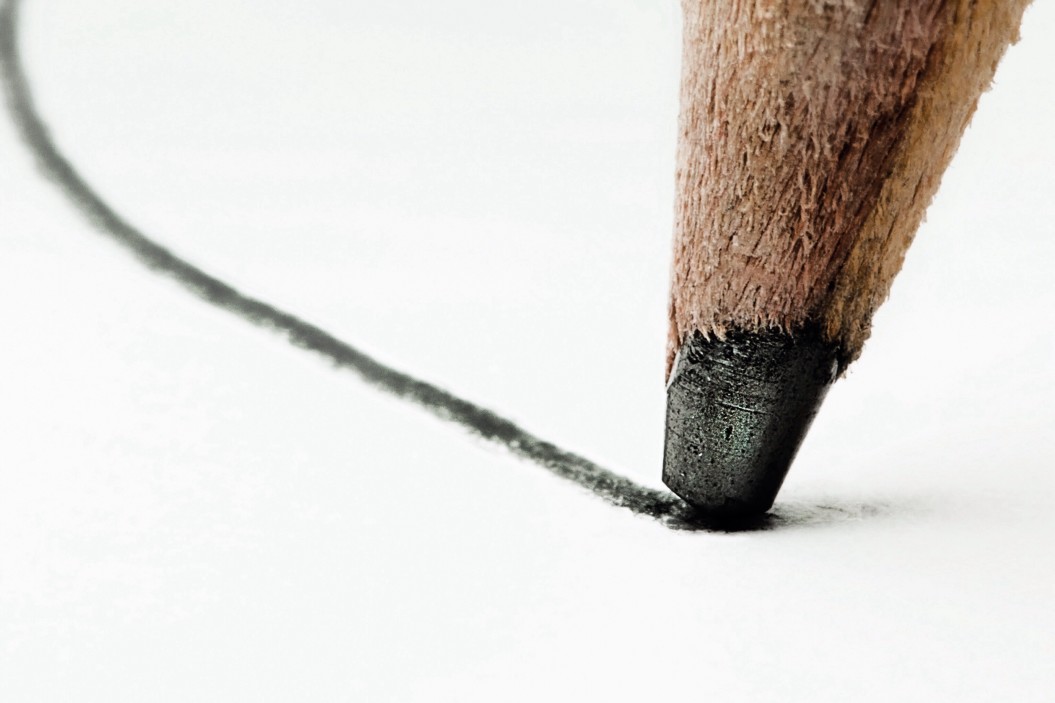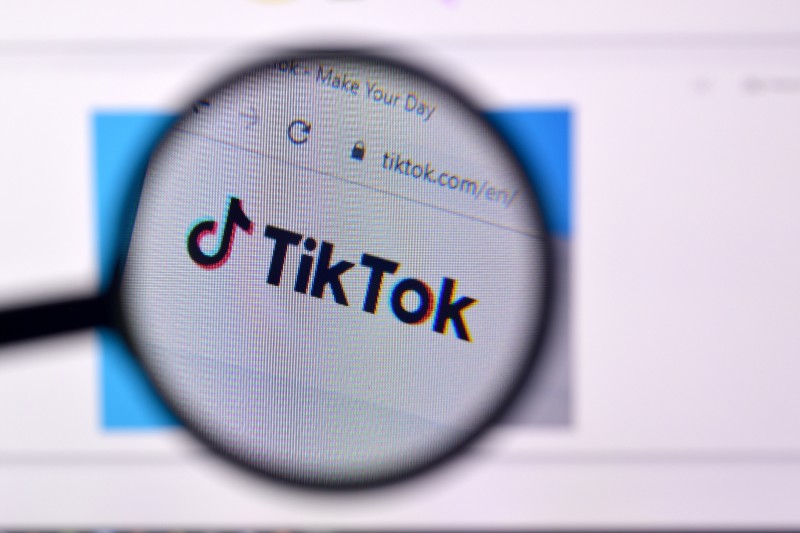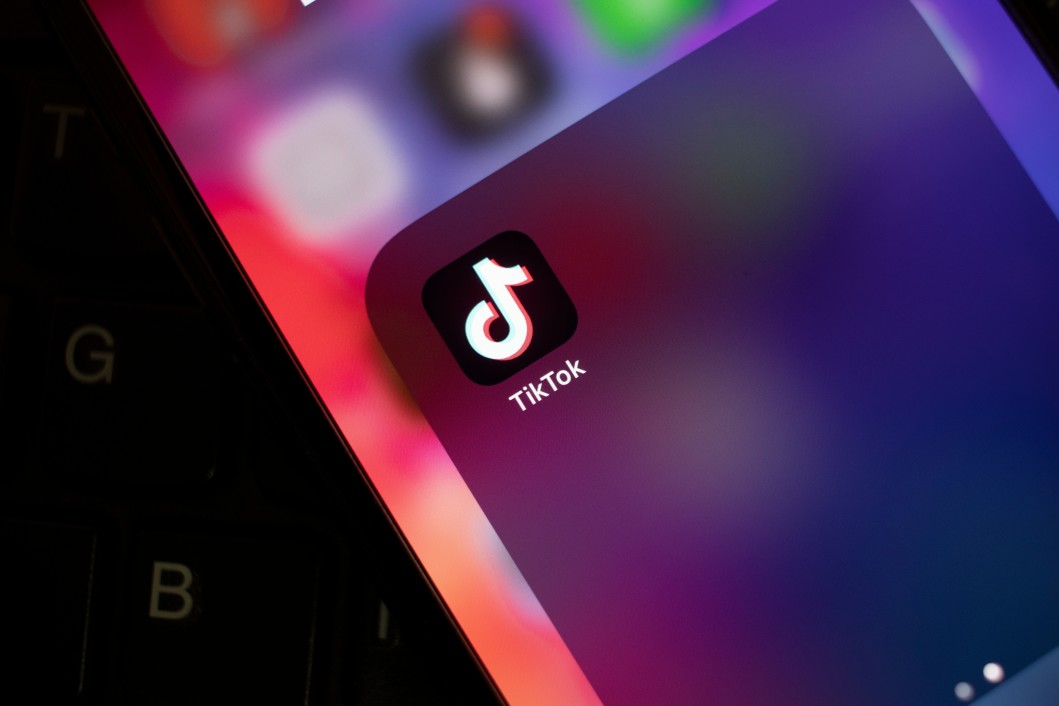Clever headline tips to get your article read

It's no secret that you need a catchy headline to get people to read your article. But how do you write a clever headline that attracts attention?
When you're writing a blog post, article, or any other form of written content, you want to make sure that you attract the reader's attention right from the start. One way to do this is to come up with a clever headline.
By using keywords in your headline, you can ensure that it will show up in search engine results pages (SERPs), which will help to draw in potential readers.
There are a few things to keep in mind when crafting a clever headline:
Headlines convey a message in just a few words
One of the most important aspects of writing is making sure your message is clear. This is especially true for headlines, as they need to convey a message in just a few words. Clever headlines can be a great way to do this, as they can draw in readers and get them interested in what you have to say.
Headlines are also important for search engine optimisation (SEO). By including keywords in your headline, you can improve your chances of being found online. Keywords are the words and phrases that people use when they search for information online. So, by including them in your headline, you can help ensure that your article will show up in search engine results pages (SERPs) when people search for those terms.
Most people only read the headline of an article before moving on, so it's important to make sure your headline is clever and conveys the message of the article. A good headline will get people to read more, while a bad headline will cause people to lose interest. So, take the time to come up with a clever headline that accurately represents your article.
There are different types of headlines
There are different types of headlines. The three most common are the declarative headline, the interrogative headline, and the exclamatory headline.
The declarative headline is a statement that tells the reader what to expect in the article. This type of headline is common in journalistic writing. The interrogative headline asks a question that will be answered in the article. This type of headline is often used in blog posts and online articles. The exclamatory headline uses strong language to grab the reader's attention. It is often used for listicles and Buzzfeed-style articles.
There are other types of headlines, including the how-to headline, the listicle headline, and the evoke emotion headlines. How-to headlines tell the reader how to do something.
There are many more types of headlines. The following is a list of some of the most common types:
1. The headline that tells a story: This type of headline tells a story in order to capture the reader's attention.
2. The headline that makes a promise: This type of headline promises the reader something if they continue reading the article.
3. The headline that uses a list: This type of headline uses a list to highlight the main points of the article.
4. The headline that asks a question: This type of headline poses a question in order to pique the reader's interest.
5. The headline that uses statistics: This type of headline uses statistics to highlight the importance or relevance of the article.
The power of a good headline
When you’re writing an article, the headline is one of the most important things you can focus on. A good headline is the key to getting people to read your article.
There are a few things you can do to make sure your headline is as good as it can be. First, make sure it’s interesting and catchy. You want to pique people’s interest and make them want to read more.
Second, make sure it’s relevant to your article. The headline should accurately reflect the content of the article.
Finally, make sure it’s concise and easy to understand. You don’t want to overload people with too much information in the headline. Keep it simple and straightforward.
A good headline can make a big difference in how many people read your article.
How to make your headline stand out
Creating a standout headline is essential for getting your content read. When someone is scanning through headlines, yours needs to stand out in order to get them to click on it. The following tips will help you create a headline that stands out:
1. Catchy
Use strong adjectives and verbs to create interest. For example, “6 steps to the best sleep of your life” is more catchy than “How to sleep better.”
2. Specific
Address a need or want that the reader has. For example, “3 ways to make your mornings less hectic” is more specific than “How to have a productive morning.”
3. Controversial
Pose a question or take a stand on an issue that will get people talking. For example, “Are you being too nice at work?”
4. Keep it short.
Most people only spend a few seconds scanning headlines, so keep yours brief and to the point.
5. Use strong verbs.
Headlines that use strong verbs such as "Discover," "Learn," "Create," and "Win" are more likely to grab attention.
6. Use keyword research.
Keywords can help you come up with ideas for catchy headlines. Do some keyword research to find out what people are searching for online and try to incorporate those keywords into your headlines.
Tips for writing headlines
Here are a few tips:
1. Start with a question.
People love to answer questions, so starting your headline with a question is a great way to grab their attention.
2. Use numbers.
People like lists, and they also like statistics. So using numbers in your headline is a great way to pique their interest.
3. Be controversial.
If you can stir up some controversy with your headline, people will be more likely to click on it to see what all the fuss is about.
4. Use strong adjectives.
Descriptive adjectives help paint a picture in people's minds, which can make them more likely to want to read more about your article.
Conclusion
In conclusion, using clever headlines can help get your article read. However, it is important to make sure that the headline is relevant to the content of the article. Additionally, you should make sure that the headline is interesting and catchy. By following these tips, you can create a headline that will help get your article read.



